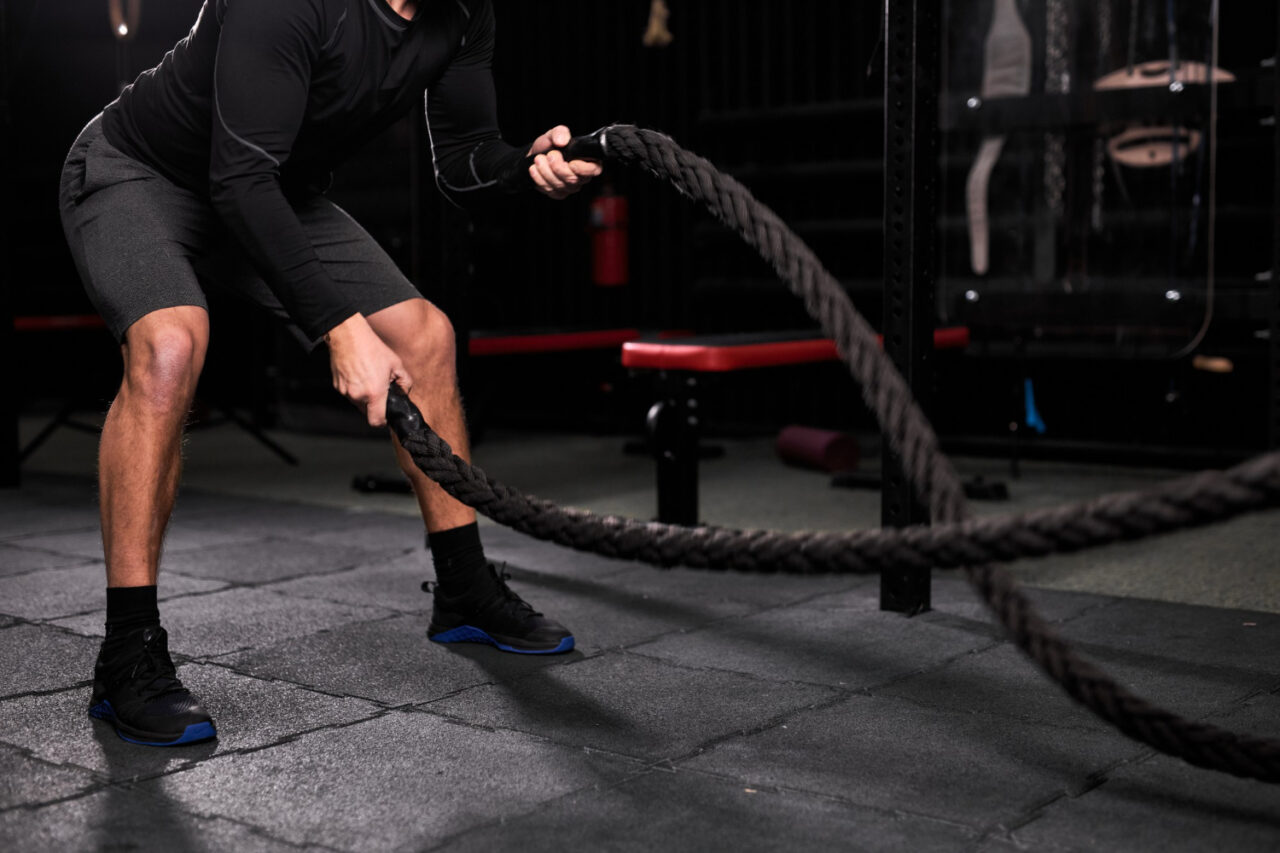Preventing Common Injuries During High-Intensity Interval Training

High-Intensity Interval Training, or HIIT, is a workout sensation for good reason. It combines bursts of high-intensity exercise with short recovery periods, creating an efficient, time-saving way to improve cardiovascular health and boost endurance. These workouts are versatile, allowing you to incorporate various exercises like jumping, running, or cycling, which keeps things exciting. For those with a busy schedule, HIIT fits perfectly, ensuring you get the most out of each session without spending hours at the gym.
However, the demands of HIIT also bring a higher risk of injuries. Performing these explosive movements without proper preparation can lead to strains, sprains, or more serious complications. Considering Raynham, MA’s transition from winter to early spring, it’s crucial to start any fitness regimen with safety in mind, particularly as people might be eager to shake off winter’s inactivity. Being injury-free in your workouts means you maintain consistency and continue enjoying those HIIT benefits.
Proper Warm-Up and Cool-Down
One of the most effective ways to prevent injuries in HIIT is by incorporating a structured warm-up and cool-down. These crucial steps prepare your body for the demands of the workout and also help transition it back to rest. Warming up raises your body temperature and increases blood flow to your muscles, making them more pliable and less prone to injuries.
Here are a few warm-up exercises perfect for getting ready for HIIT:
– Arm circles and shoulder rolls to loosen up the upper body
– Leg swings to warm up your hips and legs
– Jumping jacks to get your heart rate up
– Light jogging or marching in place to elevate your overall body temperature
Once your workout concludes, cooling down is equally important. This phase gradually lowers your heart rate and prevents dizziness. It also flushes out lactic acid, reducing muscle soreness. Incorporate gentle stretches to target the muscles worked during your session, and always end with a few deep breaths to help your body relax.
Correct Form and Technique
Proper form during HIIT isn’t just about looking good; it’s a vital component in preventing injuries. Focusing on technique ensures you engage the correct muscles and distribute strain evenly, reducing the chance of overloading any specific joint or muscle.
When performing HIIT moves:
– Keep your core engaged at all times to stabilize your body
– Ensure your knees don’t extend past your toes during squats or lunges
– Maintain a neutral spine to prevent unnecessary back strain
– Start movements slowly to practice correct form before increasing speed
Seeking advice from a fitness professional is also recommended. They can offer personalized adjustments to your posture and technique, helping to prevent injuries and optimize performance. Such guidance can be invaluable, especially if you’re new to the dynamics of HIIT.
In the first half of your HIIT journey, remember that preparation, awareness, and technique are your best allies. With these in place, you’ll be on your way to a safer and more enjoyable workout experience.
Listening to Your Body
Your body communicates in various ways during workouts, which is why tuning into these signals plays a big role in keeping injuries at bay. Understanding the difference between good pain and bad pain is crucial. Good pain is the muscle burn you feel when pushing through the last few reps or the soreness that follows a challenging workout. Bad pain, however, often signals an impending or existing injury, like sharp or sudden discomfort that doesn’t go away.
Here’s what to keep in mind while working out:
– Regularly check in with how your body feels during each exercise.
– Stop immediately if you notice sharp or unusual pain.
– Take a break if you feel unusually fatigued or lightheaded.
If discomfort arises during HIIT exercises, halt the activity and rest. Evaluate the cause of the pain and consider contacting a fitness expert or health professional if it persists.
Gradual Progression and Rest
HIIT is intense, so rushing into higher levels of exercise can lead to overuse injuries. It’s important to begin with a pace that matches your current fitness level and then slowly increase the intensity. This not only minimizes the risk of injury but also helps build sustainable fitness improvements.
Here’s how to safely progress in your HIIT workouts:
– Start with shorter intervals and gradually lengthen them as you gain strength.
– Increase the volume of exercises incrementally rather than all at once.
– Include rest days to give your muscles time to recover and rebuild.
Balancing HIIT with a mix of lower intensity exercises, like walking or yoga, can also prevent burnout and overuse injuries. Incorporating variety ensures different muscles are targeted and gives your body the rest it needs.
Conclusion
Keeping safe during HIIT involves more than just gearing up for intense workouts; it involves preparing your body, listening to its needs, and allowing it time to recover between sessions. This balanced approach not only reduces the likelihood of injuries but also contributes to a more enjoyable exercise routine.
After all, the goal is to cultivate a lifelong habit of fitness that challenges you without causing harm. With consistent care and attention to technique and needs, achieving your fitness goals while keeping injuries at bay becomes a secure reality. Remember, HIIT should leave you feeling strong and energized, not sidelined or burnt out, allowing you to relish every step of your fitness journey.
Achieving your fitness goals is all about taking the right steps. At Raynham Athletic Club, we understand the importance of a well-rounded approach to workouts, especially HIIT. To make the most of your sessions and enhance your performance, explore our extensive range of supportive programs by checking out our group exercise classes. Whether you’re new to HIIT or a seasoned pro, our classes offer an engaging environment to safely push your limits.
